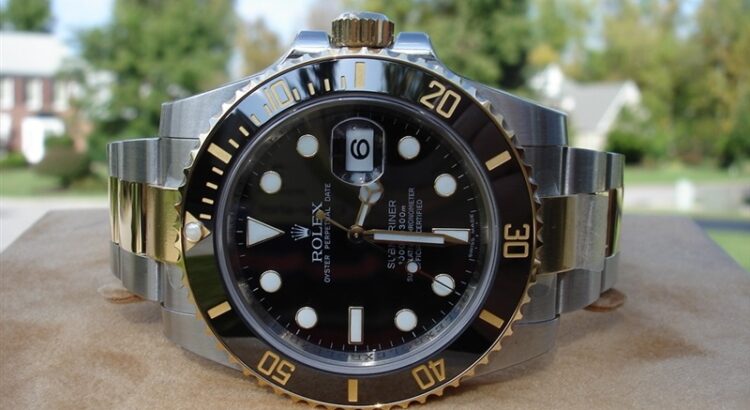In a world where luxury and craftsmanship are celebrated, Swiss watches have long been revered as the pinnacle of precision and elegance. Yet, alongside this esteemed horological tradition exists a shadow industry of replicas that often mirror the allure of their genuine counterparts. For watch enthusiasts and collectors alike, understanding the nuances between authentic Swiss watches and their replica counterparts can be both fascinating and essential. This exploration aims to demystify the craftsmanship dilemma surrounding swiss replica watch, offering insights into what makes these timepieces so sought after, and why the debate around them continues to intrigue.
Unraveling the Appeal of Swiss Watches
Swiss watches are synonymous with quality, heritage, and prestige. From brands like Rolex to Patek Philippe, these timepieces symbolize more than just the ability to tell time; they represent an art form mastered over centuries. The meticulous craftsmanship involves countless hours of labor, attention to detail, and innovative technology, all contributing to their high price tags. Their allure lies not only in the brand name but also in the intricate movements and fine materials used, creating pieces that are often considered heirlooms.
Replica Swiss watches capitalize on this allure, replicating the design and feel of authentic pieces at a fraction of the cost. For many, these replicas offer a tempting blend of style and affordability, allowing wearers to enjoy the appearance of luxury without the hefty investment. However, this raises questions about authenticity, ethics, and the true value of craftsmanship.
The Craftsmanship Behind Swiss Replicas
While often associated with lower quality, some Swiss replica watches boast impressive craftsmanship. These replicas are crafted to mimic the original’s aesthetic and functionality closely. Skilled artisans focus on replicating the intricate details, from the watch face to the movement. High-quality replicas may use similar materials to their authentic counterparts, offering a convincing alternative for those unable or unwilling to invest in genuine Swiss timepieces.
However, the quality of replicas can vary greatly. Some are produced with precision and care, while others are mass-produced with less attention to detail. The craftsmanship of a replica can influence its price, with higher-end replicas demanding more investment due to the skill and materials involved. This variation contributes to the ongoing debate around the legitimacy and desirability of owning a replica, challenging consumers to consider whether saving money is worth the compromise in authenticity.
Navigating the Ethical Landscape
Owning a Swiss replica watch is not just a question of aesthetics but also of ethics. The replica industry raises concerns about intellectual property rights and the impact on brand reputation. For some enthusiasts, buying a replica undermines the hard work and innovation of the genuine brands. It also poses legal risks, as owning or selling counterfeit goods can be illegal in many jurisdictions.
Yet, others argue that replicas democratize luxury, allowing broader audiences to appreciate and experience designs they might otherwise never afford. This viewpoint emphasizes accessibility and challenges traditional notions of exclusivity. Ultimately, the decision to purchase a replica involves weighing personal values, ethical considerations, and the desire for status or style.
The Personal Choice of Timepiece Authenticity
Choosing between a genuine Swiss watch and a replica is a deeply personal decision. Each comes with its own set of advantages and limitations. For those who value tradition, quality, and investment potential, an authentic Swiss watch is often the preferred choice. It offers tangible links to history and heritage, with the assurance of superior craftsmanship.
Conversely, replicas provide an opportunity to enjoy the aesthetics of luxury without financial strain. They cater to a different audience—one that seeks style and recognition without the prohibitive cost. Understanding the craftsmanship dilemma allows consumers to make informed choices, balancing desire with practicality.
Conclusion
The world of Swiss replica watches is as complex as it is captivating. It presents a dilemma that revolves around craftsmanship, ethics, and personal preference. By exploring the intricacies of both authentic and replica watches, potential buyers can better appreciate the artistry involved in horology and make decisions that reflect their values and aspirations. Whether choosing authenticity or affordability, the key lies in understanding the motivation behind each choice and the impact it holds in the broader conversation of luxury and craftsmanship.




